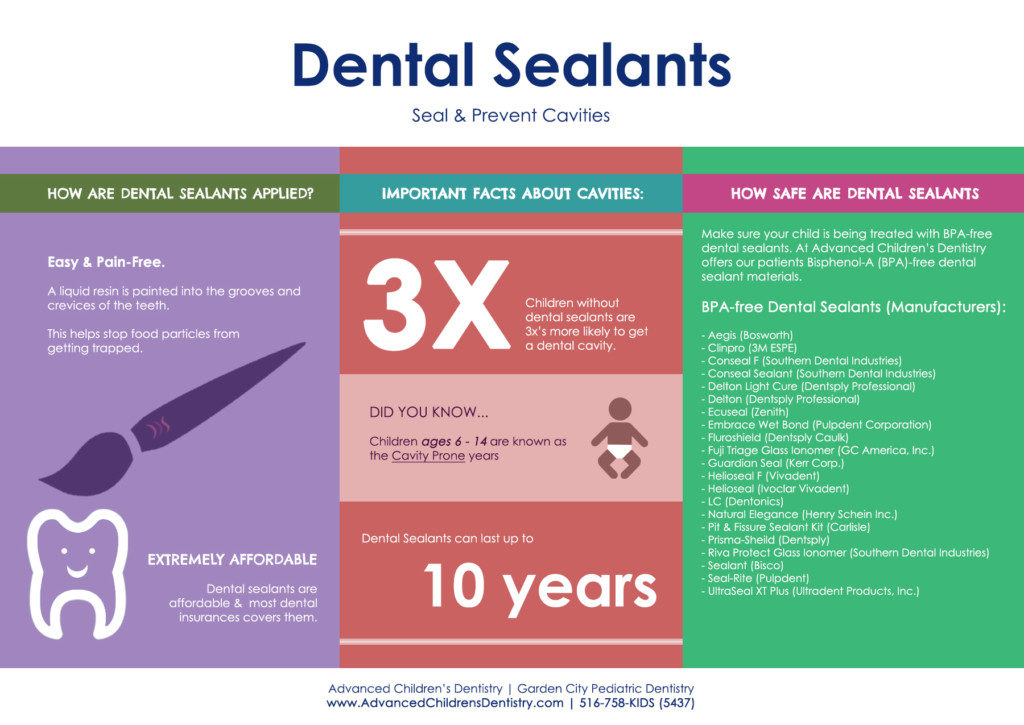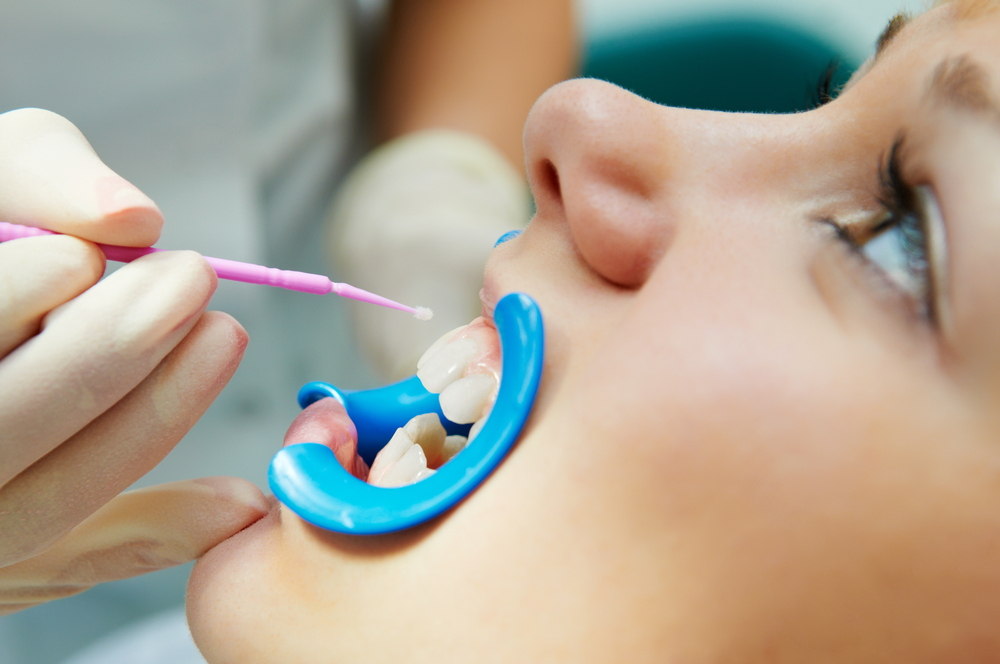Introduction
Dental sealants are a preventive dental treatment that can greatly benefit children’s oral health. This blog post will explore the benefits and considerations of dental sealants for children, providing valuable information for parents and caregivers.
What are Dental Sealants?
Dental sealants are thin, protective coatings applied to the chewing surfaces of the back teeth, also known as molars and premolars. These teeth have deep grooves and pits that can be difficult to clean properly, making them more susceptible to tooth decay. Sealants act as a barrier, preventing bacteria and food particles from getting trapped in these crevices and causing cavities.
The Benefits of Dental Sealants
There are several advantages to getting dental sealants for children:
1. Protection against Tooth Decay
Sealants provide an extra layer of protection for your child’s teeth, reducing the risk of cavities. By sealing off the deep grooves and pits, sealants make it easier to keep the teeth clean and free from decay-causing bacteria.
2. Long-lasting Solution
Dental sealants can last for many years with proper care. They are a cost-effective way to prevent tooth decay and avoid more extensive dental treatments in the future.
3. Pain-free and Non-invasive
The process of applying dental sealants is quick, painless, and non-invasive. There is no need for drilling or anesthesia, making it an ideal option for children who may be anxious about dental procedures.
4. Improved Oral Health
By reducing the risk of cavities, dental sealants contribute to better overall oral health. Children with sealants are less likely to experience toothaches, infections, and other dental problems that can affect their daily lives.
5. Cost-effective
Prevention is always better than treatment, both for your child’s oral health and your wallet. Dental sealants are a cost-effective preventive measure that can save you money in the long run by avoiding more extensive and expensive dental procedures.
Considerations before Getting Dental Sealants
While dental sealants offer numerous benefits, there are a few considerations to keep in mind:
1. Timing
The ideal time to get dental sealants is soon after the permanent molars and premolars erupt.
Summary
Dental sealants are a protective coating applied to the chewing surfaces of children’s teeth, typically the molars and premolars. They act as a barrier, preventing bacteria and food particles from getting trapped in the deep grooves and pits of these teeth, which are often difficult to clean thoroughly with regular brushing and flossing.

By sealing off these vulnerable areas, dental sealants help reduce the risk of tooth decay and cavities in children. They are a safe and effective way to protect your child’s teeth and promote good oral hygiene habits.
However, it’s important to consider a few factors before opting for dental sealants. These include the age and behavior of the child, the condition of their teeth, and the cost of the treatment. Consulting with a pediatric dentist is recommended to determine if dental sealants are suitable for your child.
In conclusion, dental sealants offer numerous benefits for children’s oral health. They provide an extra layer of protection against tooth decay and cavities, especially in hard-to-re check over here ach areas. While considering various factors, dental sealants can be a valuable preventive measure to ensure your child maintains a healthy smile.
- Q: What are dental sealants?
- A: Dental sealants are thin plastic coatings applied to the chewing surfaces of children’s back teeth to protect them from cavities.
- Q: How do dental sealants work?
- A: Dental sealants work by creating a protective barrier on the tooth’s surface, preventing bacteria and food particles from getting trapped in the grooves and causing decay.
- Q: What are the benefits of dental sealants for children?
- A: Dental sealants can significantly reduce the risk of cavities in children’s teeth, especially in the molars and premolars where decay is most common.
- Q: When should dental sealants be applied?
- A: Dental sealants are typically applied as soon as a child’s permanent molars and premolars come in, usually between the ages of 6 and 12.
- Q: Are dental sealants visible on the teeth?
- A: Dental sealants are usually clear or white in color, making them virtually invisible on the teeth.
- Q: How long do dental sealants last?
- A: Dental sealants can last for several years with proper oral hygiene and regular dental check-ups. They may need to be reapplied if they become worn or damaged.
- Q: Are dental sealants safe for children?
- A: Yes, dental sealants are considered safe for children. The materials used are non-toxic, and the application process is quick and painless.
- Q: Can adults get dental sealants?
- A: While dental sealants are more commonly applied to children’s teeth, adults can also benefit from them, especially if they are prone to cavities or have deep grooves in their teeth.
- Q: How much do dental sealants cost?
- A: The cost of dental sealants can vary depending on the dental office and location. However, they are generally an affordable preventive measure compared to the cost of treating cavities.
- Q: Do dental sealants require special care

Welcome to my website! My name is Tristan Wynter, and I am a passionate and dedicated dental hygienist with years of experience in the field of general dentistry, pediatric dental care, smile enhancements, and dental hygiene tips. I am thrilled to have the opportunity to share my knowledge and expertise with you through this platform.




